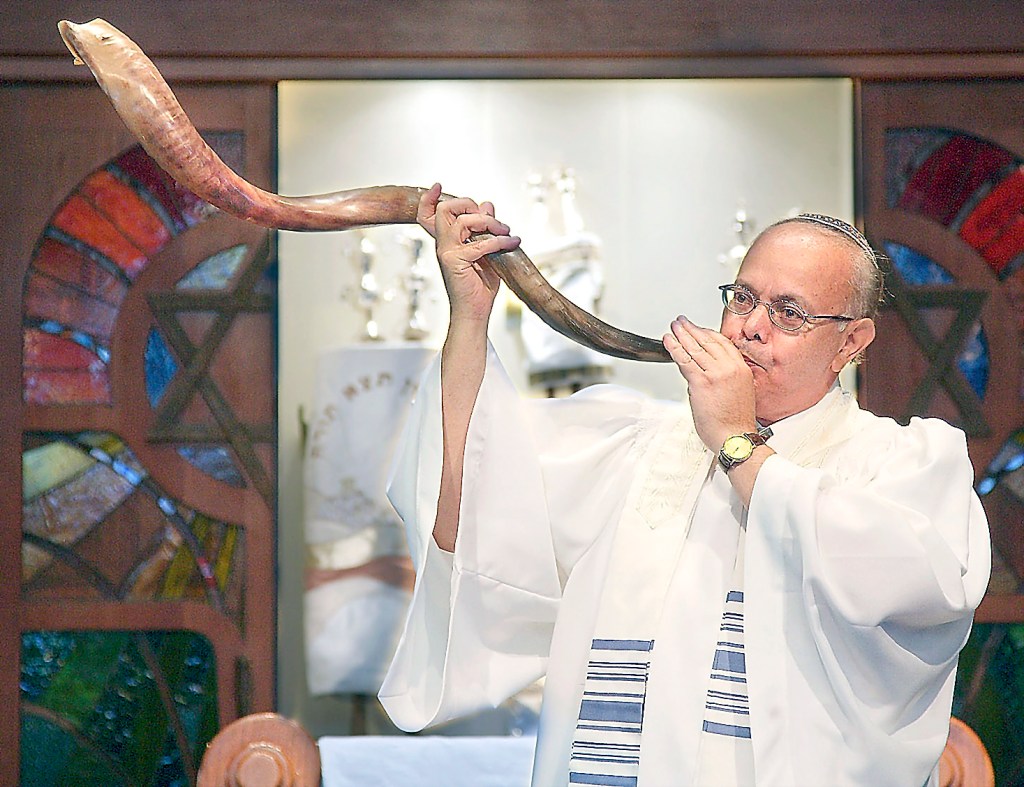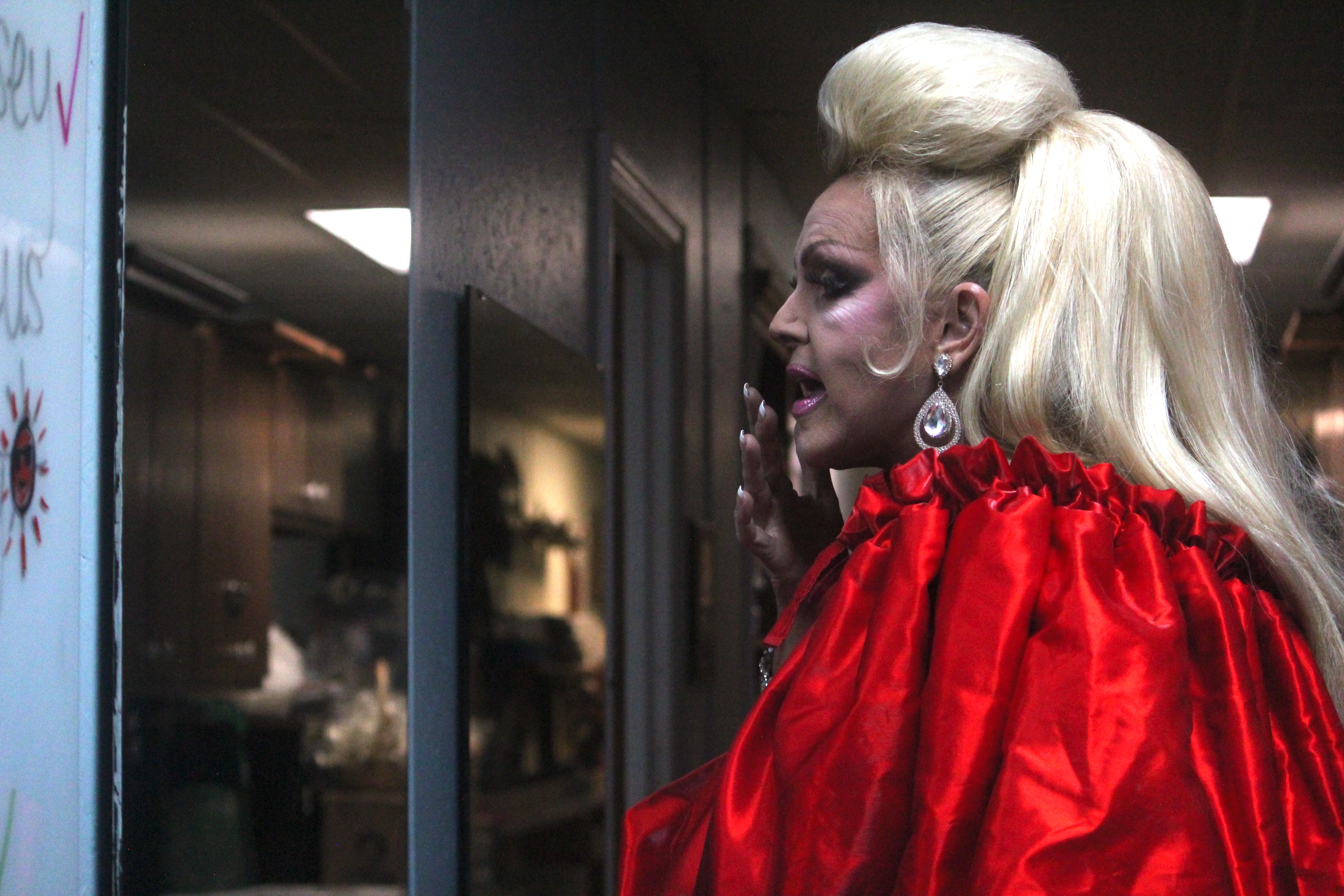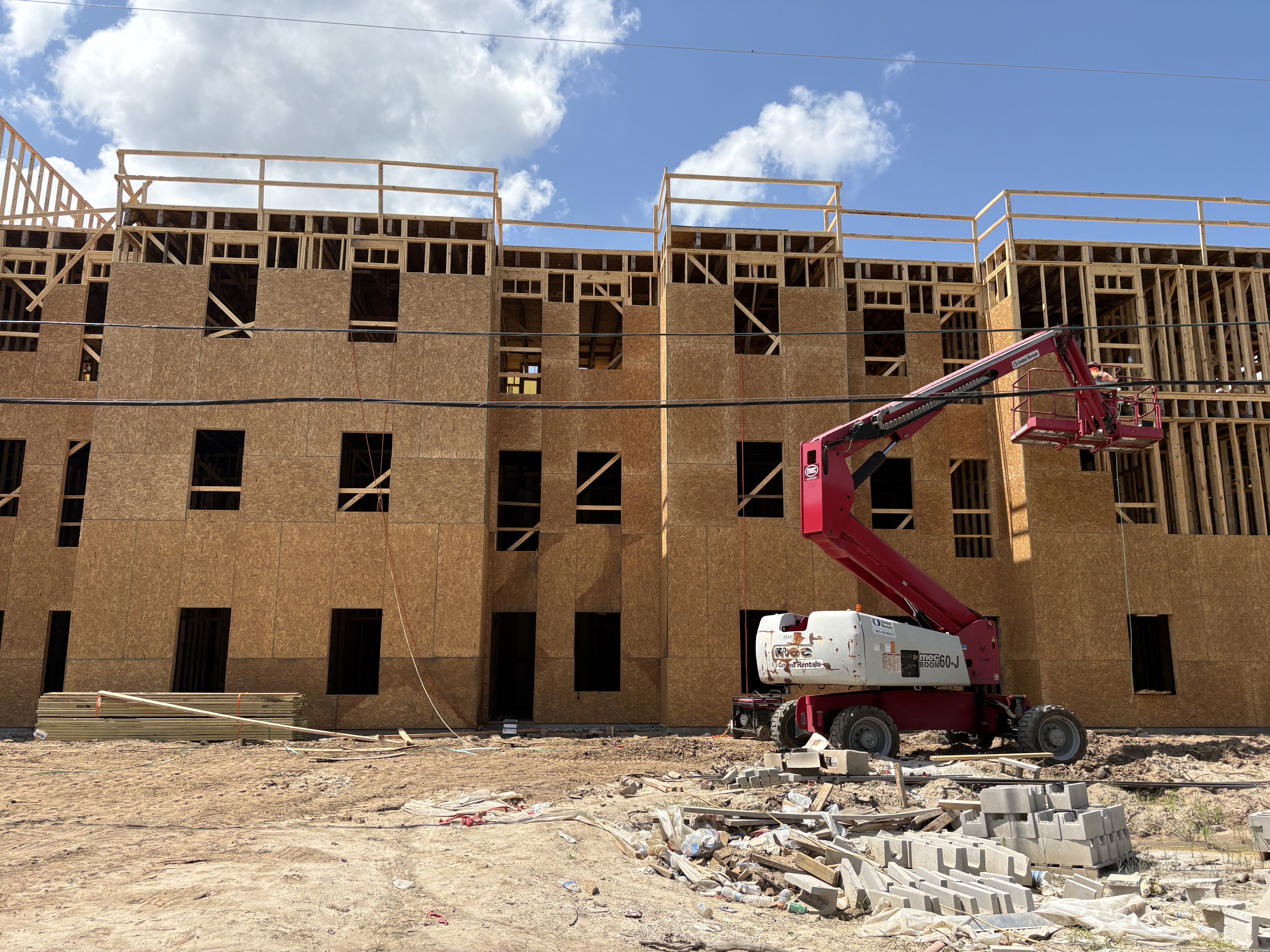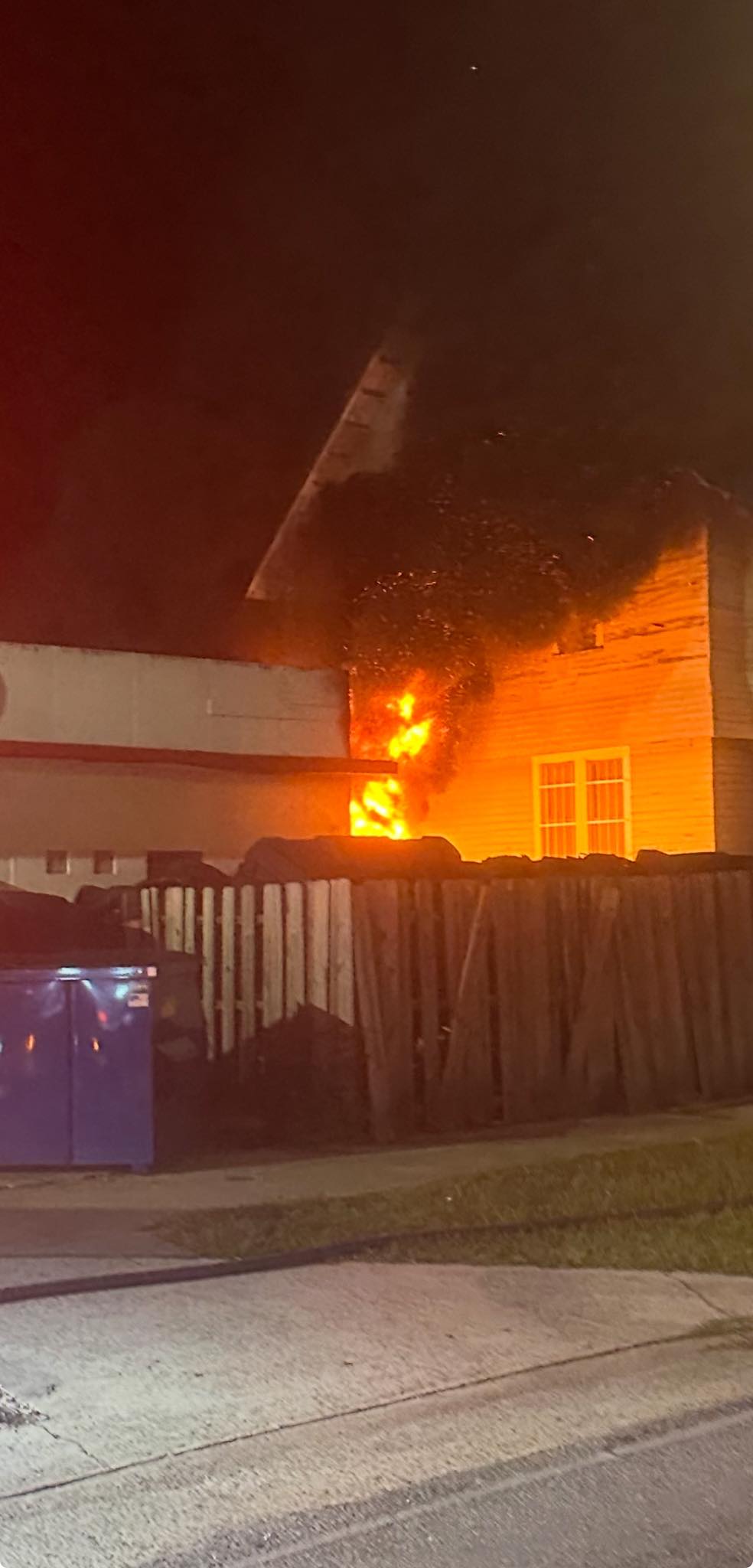Rosh Ha’shanah marks a new year
Published 1:00 pm Saturday, September 15, 2012

- Rabbi Moshe Elbaz blows the Shofar, the ram’s horn, in this photo of a past first day of Rosh Ha'shanah at Temple Israel. The holiday begins Sunday evening this year.
The Jewish New Year or Rosh Ha’shanah 2012 will be ushered at Temple Israel, Valdosta, for all Jews to begin the Jewish High Holiday season.
Trending
It begins 7:30 p.m. Sunday, Sept. 16, and continues Monday and Tuesday, Sept. 17, 18. The season emphasizes the concepts of rebirth, of renewal, of life, hope, and peace. It is the anniversary of creation of Adam and Eve, the first man and woman, and their first actions toward the realization of mankind’s role in God’s world.
It also emphasizes the special relationship between God and humanity: our dependence upon God as our creator and sustainer, and God’s dependence upon us as the ones who make His presence known and felt in His world. Each year on Rosh Ha’Shanah, “all the inhabitants of the world pass before God like a flock of sheep,” and it is decreed in the heavenly court, “who shall live, and who shall die … who shall be improvised, and who shall be enriched …” It is also the day, we proclaim God King of the universe. The Kabbalists teach that the continued existence of the universe is dependent upon the renewal of the divine desire for a world that makes a renewed commitment.
And with the concluding day of Yom Kippur — Day of Atonement — centered round the self-examination and repentance of the entire community. Susan Rupright and I will officiate throughout the season, assisted by members of the congregation.
Special greetings from the community at-large will be brought by Myrna Ballard, executive director of Valdosta/Lowndes County Chamber of Commerce, and Dr. William McKinney, Valdosta State University president. The ladies of the congregation will sponsor a special reception at the conclusion of the evening service.
In Numbers 29:1, it states, “In the seventh month, on the first day of the month, you shall observe a sacred occasion … You shall observe it as a day when the horn is sounded.”
Thus, this period is a respite and enables the
Trending
Jewish community to retreat, rethink, reevaluate and reconfirm individual and communal life and commitment. It is a time of great celebration and subtle trepidation. We celebrate the completion of one year and the beginning of the next — the reassuring, endless cycle of time.
On Rosh Ha’shanah, a unique opportunity is provided for family gathering in their homes for the Festival Meal, followed by the synagogue gathering for religious services.
A round Challa or breaded bread with raisins add to the festive meal. Apples are dipped in honey, and sweet wine served to usher in the New Year. Ladies of Temple Israel meet a couple of weeks prior to bake these Challahs and make them available to the community. The synagogue is adorned with flowers, and the Holy Scrolls are covered in white mantles or covers, symbolizing humility before God. Upon entering the synagogue, members are greeted with “L’shanah Tovah Tikatevu” — May God inscribe you in the Book of Life. A Mahazor — prayer — book with Hebrew prayers and commentaries is used expressing thanksgiving and celebration of God’s creation.
On Rosh Ha’shanah, Jews recall the “Brit” — The Covenant made between God and Abraham. One of the famous liturgies of the season known as “Avinu Mal’keynu” Our Father, Our King. The sounding of the Shofar — the Ram’s Horn (because of its association with the binding of Isaac) is sounded on the first and second days of Rosh Ha’shanah by Sidney Morris in a special manner signifying God calls us for judgment. A total of 100 notes are sounded. Sharon Morris will read the special readings assigned to these days from the Torah scroll.
The High Holy Days culminate with Yom Kippur, the holiest and most solemn day of the year and the most prominent fast day. It will be observed beginning 7 p.m. Tuesday, Sept. 25, and throughout the following day on Wednesday, Sept. 26. This sacred day is observed through fasting and prayer worship, focusing on the desire and true intent to atone for past wrong as a community.
The 25-hour observance begins with the famous prayer of “Kol Nidrei” — “All vows and promises made since last year are now released and forgiven” — recited in a moving voice.
Yom Kippur day services are held to remember the departed members of the congregation — a “Yizkor Memorial Service” remembering all deceased relatives.
At the afternoon, a study session of the Prophet Jonah is held, recalling God’s forgiveness of the people of Nineve, thus, forgiving Israel at this hour of the day. The final and closing sound of the Shofar is set for 7:50 p.m. as the closing of the day nears. Finally, a special break-the-fast meal is served following services.
Immediately after the conclusion of Yom Kippur, preparations begin for the Festival of Sukkot by beginning the construction of the Sukkah. Sukkot means “booths” or temporary huts. In celebrating Sukkot, we remember the dwellings used by our ancestors as they traveled in the desert following the exodus from Egypt.
For additional information about the High Holy Days schedule, please visit the website www.valdostatempleisrael.org or call Rabbi Moshe Elbaz, (229) 244-1813. Temple Israel is located at 511 Baytree Road.





